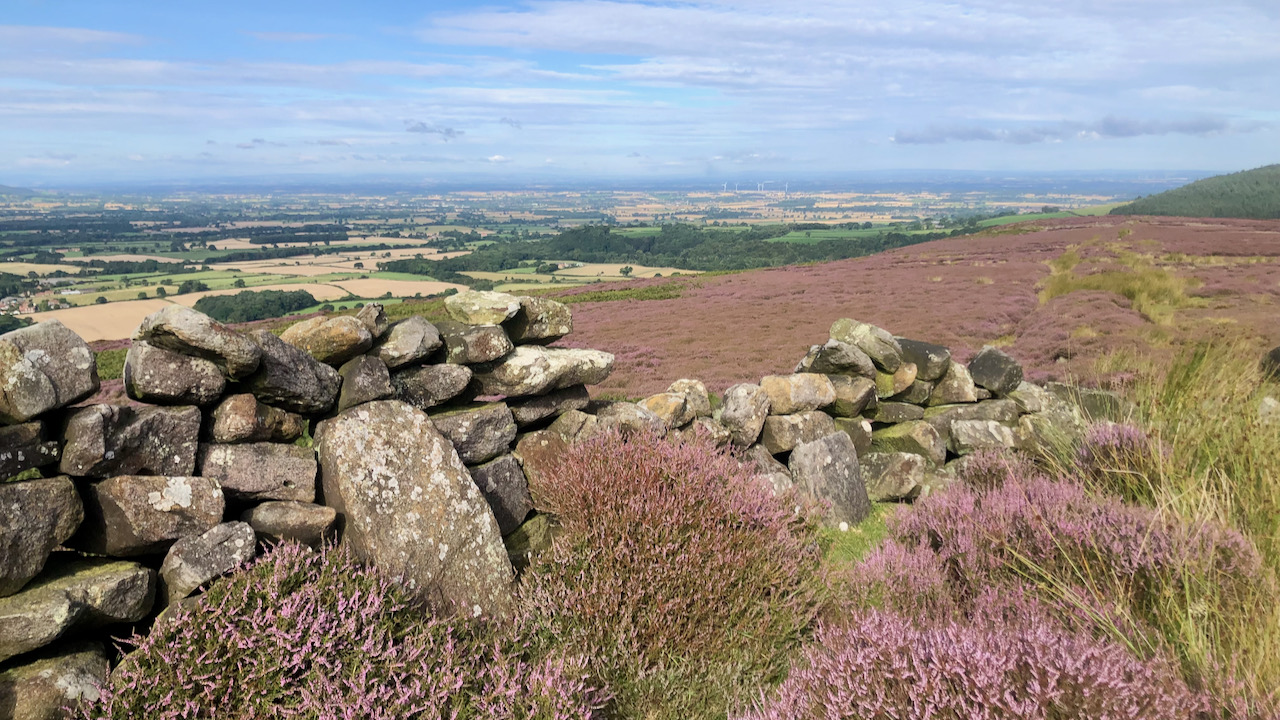Someone asked me to show them a carved stone on Warren Moor. Many years have slipped by since I last saw it, so I figured it’d be wise to retrace my steps and locate it again – can’t have my memory playing tricks on me.

The stone didn’t put up much of a fight to remain hidden. Nestled along a stretch of weathered dry-stone wall, perched atop an earthwork bank called the Park Pale, it was fairly obvious. This earthwork once defined the perimeter of a medieval hunting park for the Percys of Kildale. Some say it’s even older, perhaps dating back to a prehistoric era, a mysterious bank and ditch affair with orthostats built into the later dry-stone wall.
Naturally, there’s a cloud of uncertainty hanging over the age of those ring engravings. A close inspection of the carvings reveals a clue to their age – while the lower ring is eroded, the upper one reveals the meticulous touch of a sharp, pointed tool1Brown, Paul M & Graeme Chappell. “Prehistoric Rock Art in the North York Moors. Page 143. “Tempus Publishing Ltd., 2005..
The medieval landed gentry created deer parks for the noble pursuit of the hunt. These preserves were often enclosed by ‘pales,’ significant fences or palisades. As well as keeping the deer contained, perhaps they were also a statement of their wealth. And this Park Pale had a deep trench on their inner side, corralling those prized deer to the craggy slopes that tumble down to the bounds of what is now Park Farm, but was, in the time of the Percys, their private chapel where two monks prayed for their souls.
- 1Brown, Paul M & Graeme Chappell. “Prehistoric Rock Art in the North York Moors. Page 143. “Tempus Publishing Ltd., 2005.

Leave a Reply